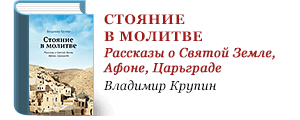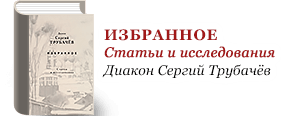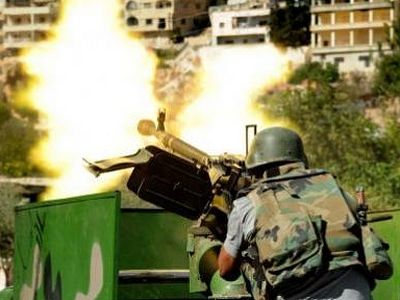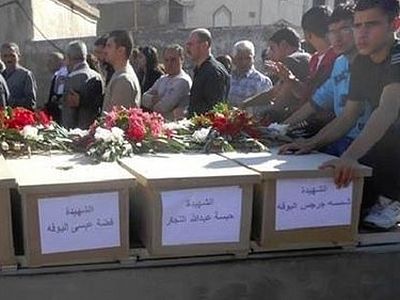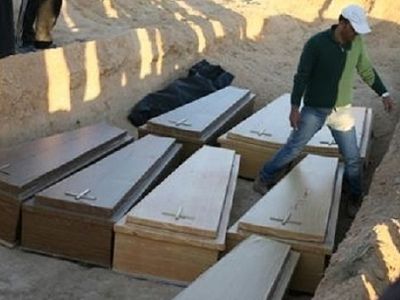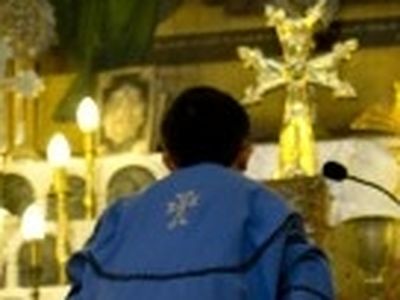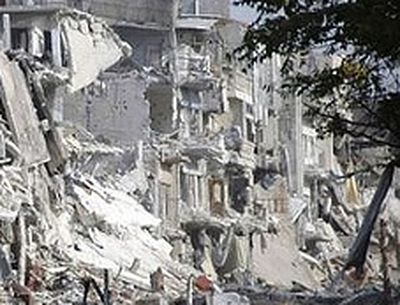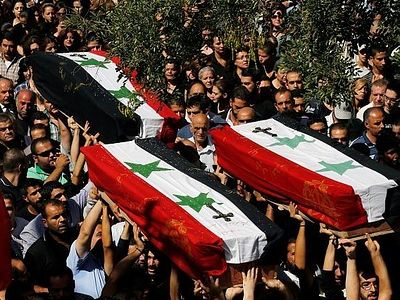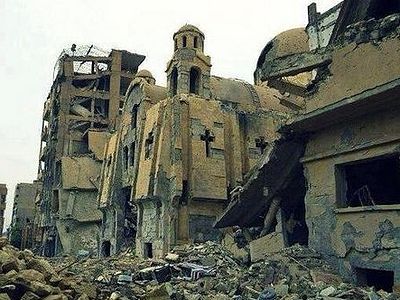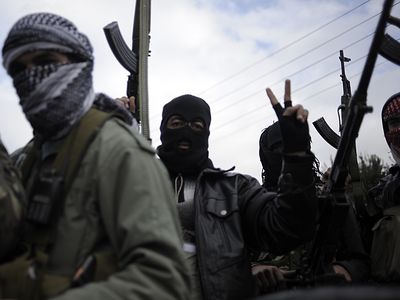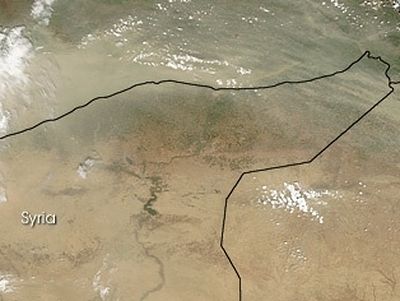SOURCE: Notes on Arab Orthodoxy
by Saqr Abu Fakhr
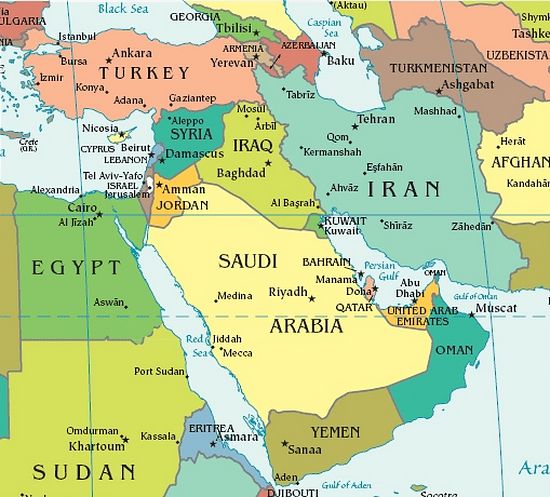
There is a civilizational, humanitarian, political and historical crisis looming over the Arab Middle East. This crisis is exemplified by the fact that the land of early Christianity, historic Syria, and the country of Christ, Palestine, if the situation continues as it is, within fifty years will be without Christians, aside from a few scattered groups here or there or some monks in their monasteries as witnesses to the bright history of this holy land.
In Bethlehem, where Christ was born, in Nazareth where his mother Mary was born, or in Jerusalem, which witnessed the path of his Passion, Christians have almost been wiped out. In Syria, the land of early Christianity, the first churches, the first monasticism and the place where the Good News came to the Apostle Paul, the emigration of Christians is tragically accelerating. The destruction of their neighborhoods, churches, monasteries and their historic cities such as Maaloula, Seidnaya, Barad and Sadad, the abduction of their bishops, the imposition of the veil on their women, the forcible conversion of some of them to Islam: all this is compelling them to flee from Syria. In Iraq, the Christians have almost become museum objects like the Mandeans: around 600,000 Christians have emigrated over the past ten years alone, that is, between 2003 and 2013.
The displacement of Christians from the countries of Christians in the Arab Middle East represents the annihilation of the constituent parts of diversity and civilization in this region and a rapid march toward intellectual, religious and social desertification. This is especially the case, given that these countries stretching from Iraq to coastal Syria-- or, from Mesopotamia to historical Syria-- witnessed the initial spread and appearance of Christianity. In [now Turkish-]occupied Antioch, Jesus' followers were first called "Christians." In Damascus, Saul of Tarsus became Paul. In this country, Tatian, Justin Martyr, Bardaisan, John Chrysostom, Nestorius-- the principle figures of Christianity's golden age-- all appeared. To the north of Aleppo, as well as Damascus, Hawran and Palestine, stretching in both directions to Mardin and Antioch, Christianity spread in force and became the national religion of the population of historical Syria, both Eastern Aramaic (Assyrian) and Western Aramaic (Suryani). Thus the population of this country rushed to adopt Christianity because they were adopting a religion that they knew, whose symbols they know and in which they recognized themselves. Christianity is the inheritor of the mystery religions and beliefs of the ancient Fertile Crescent, which provided the greatest spiritual ammunition that humankind has ever known: the doctrine of salvation based on death and resurrection in a never-ending process.
The Downward Trend
Up until the Turkish conquest of Greater Syria, Egypt and Iraq in the years 1516-1517, the number of Christians in these lands was around 16 million (Iraq: 9 million; Syria: four million; Egypt: two and a half million). In the statistics for 2010, which are approximate, the number of Christians in this area does not surpass twelve million (Syria: 2 million; Iraq: 1 million; Egypt: 8 million; Palestine and Jordan: 360 thousand; Lebanon: 1.3 million). Had the Christians in these countries followed natural patterns of population growth, today they would number at least 100 million. Among the factors behind this decline is the conversion of many Christians to Islam on account of persecution, compulsion and increasing doctrinal assimilation, as well as persistent emigration to the West starting in the first half of the 19th century.
The final stage of the persecution of Christians began in the Turkish state that made Constantinople into an Islamic city called Istanbul, after its having been the capital of Christianity throughout its history. Then a policy of Turkification was implemented that led to the flight of thousands of Assyrians to Iraq and thousands of Suryanis to Syria. During this period, the Turks, with the cooperation of some Kurdish groups, conducted systematic murder against the Christians. Among the many victims of this were the famous Chaldean scholar Addai Scher who was killed in 1915 and the bishop Binyamin Shemoun who was assassinated in 1918. Distinguished in the field of massacres was the Hamidiye Corps, which especially targeted Armenians, in addition to Suryanis and Asssyrians. I am not speculating if I state that the beginning of the flight of Christians came at the hands of the Turks.
The Turkish Massacres: The Basis for Displacement
Starting in the first half of the 19th century, during the conflict with the Persians, the Turks allied with certain Kurdish tribes. In 1842, they granted them an emirate in the heart of Syriac Cizre, the emirate of Bohtan. In this context, the Kurds launched fierce assaults againt Christians and Yezidis under the leadership of their emir, Bedr Khan, who exterminated thousands of Assyrians in the region of Tur Abdin and Hakkari. Christian areas were gradually subjected to the migration of Kurdish and Turkoman tribes. In 1895, Christians were subjected to numerous massacres in Diyarbakir, Urfa, Mardin, Nusaybin, Meyafarkin, Tur Abdin and Viranshahr. Assyrians were practically eradicated from Tur Abdin, Mardin, Diyarbakir and Hakkari in Turkey and Urmia in Iran. It is well-known that of the Christians of the region of Mardin, who numbered around 200 thousand at the end of the 19th century only around 3000 now remain. There were 700 monks in the monasteries of Tur Abdin alone and now only two remain. The Syriac city of Mardin was captured by Turkey and given over to Kurdish groups that expelled its Arab and Syriac population. They fled to Syria, settling in the town of Amuda and elsewhere. It is well-known that of the millions of Christians within Turkey in the 19th century, at the end of the 20th century only around 150 thousand remained. In this regard, let us not forget the extermination of Armenians, especially during the massacres of April 24, 1915, leading to the flight of many to Aleppo, Deir el-Zor and Iraq.
Iraq
As for Iraq, the Chaldeans, Suryanis and Assyrians in Iraq, who are considered to be one people, repeated massacres, such as the Simele massacre on August 7, 1933, when around 3000 Assyrians were killed, led to the emigration of most Assyrians to Syria and from there to Lebanon, then Sweden, Canada, Australia, as did the massacre of Souriyya in 1969.
Only a few of the Christians of the Nineveh Plain remain after after the repeated attacks against them by Salafist Islamic groups and organized and unorganized Kurdish groups. There was ethnic cleansing of Christians from the Baghdad neighborhoods of Dora, Mehdi, and Bi'a. Of the approximately 150 thousand Chaldeans and Assyrians who were living in Northern Iraq in 1991, today only some 20 thousand remain at the highest estimate. Until 1978, the number of Christians in Iraq was around 1.5 million and today, after the occupation of 2003, only around 600 thousand remain, most living in the Mosul Plain. During that period, more than 1000 Christians were killed, around 200 were abducted-- including 40 women-- and 60 churches were destroyed in Mosul, Baghdad and other regions. In addition to all of this, they lost their historic cities such as Erbil, Zakho, Dohuk, Kirkuk, and Mosul. These originally Christian cities have been gradually Kurdicized and Islamized.
Syria
"Syria" is a Syriac name and even today most place-names in Syria (as well as, naturally, Lebanon) are Syriac. Maaloula, Seidnaya, Jabadin and Bakha'a still speak Aramaic, even though many of their residents are Muslims. At the beginning of the 20th century Christians made up around 20% of the population in Syria. In 1956, they were around 15%. At the beginning of the 21st century, there were between 8-10%. Here the decline in numbers is accelerating, due to the war raging in Syria and the persistent crimes of the Salafist groups. In Raqqa, for example, there were around 600 Christian families before 2012. Their number has been reduced to 50 families after the rebels seized control, and perhaps the city has been completely emptied of Christians since then. Christians made up 30% of the population of Hassake, 65% of the population of Wadi al-Nasara and 25% of Aleppo. However, these figures will slip away into the archives if the brutal killings continue. Suryanis began to emigrate from Syria after the Amuda massacre of August 9, 1937. This massacre, carried out by the Kurd Saeed Agha, emptied the city of its Suryani population. In 1941, the Suryanis of Malikiya were subjected to a vicious assault. Even though it failed, fear, anxiety and the immigration of Kurds from Turkey led to Malikiya, Darbasiya and Amuda becoming completely Kurdish. The historically Christian city of Nusaybin had a similar fate after its Christian population left when it was annexed to Turkey. They crossed the border into Syria and settled in Qamishly, which is only a few meters from Nusaybin. Thus Nusaybin became Kurdish and Qamishly became a Suryani Christian city. Things soon changed, however, with the immigration of Kurds beginning in 1926 following the failure of Saeed Ali Naqshbandi in his rebellion against the Turkish authorities at that time.
Clinging to the Land
Despite all that has happened, Christians in the Arab Middle East and Egypt have clung to their homelands and have only emigrated from them in times of distress or for economic reasons or in search of better prospects and conditions. They endured Turkish persecution and strove for freedom, equality and justice. Within the Arab world they created literature, poetry, thought and culture that continues to nourish those living in these countries plagued with killing, blood, demagogues and takfirism.




